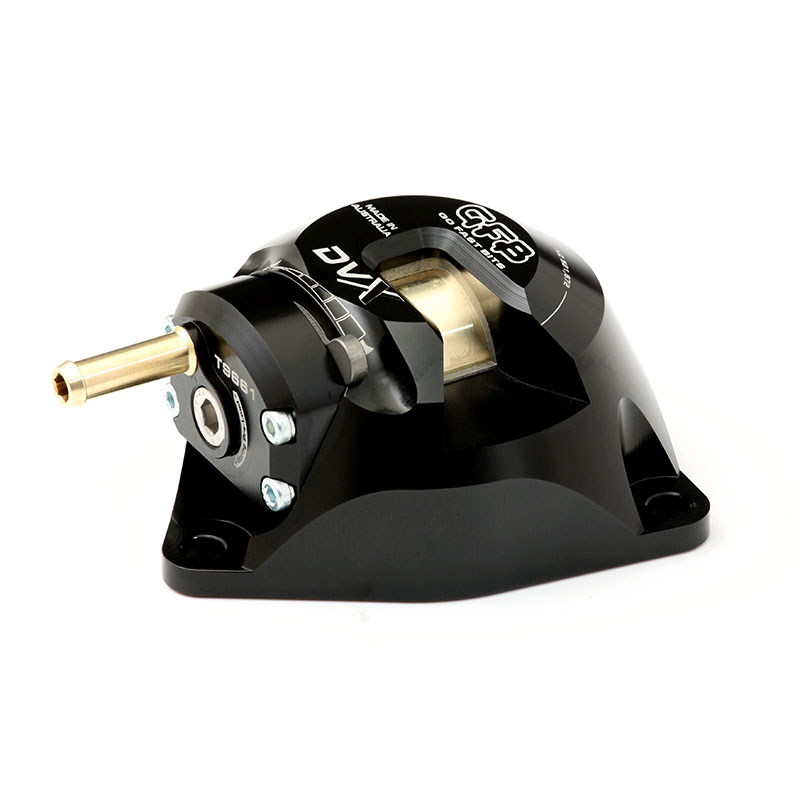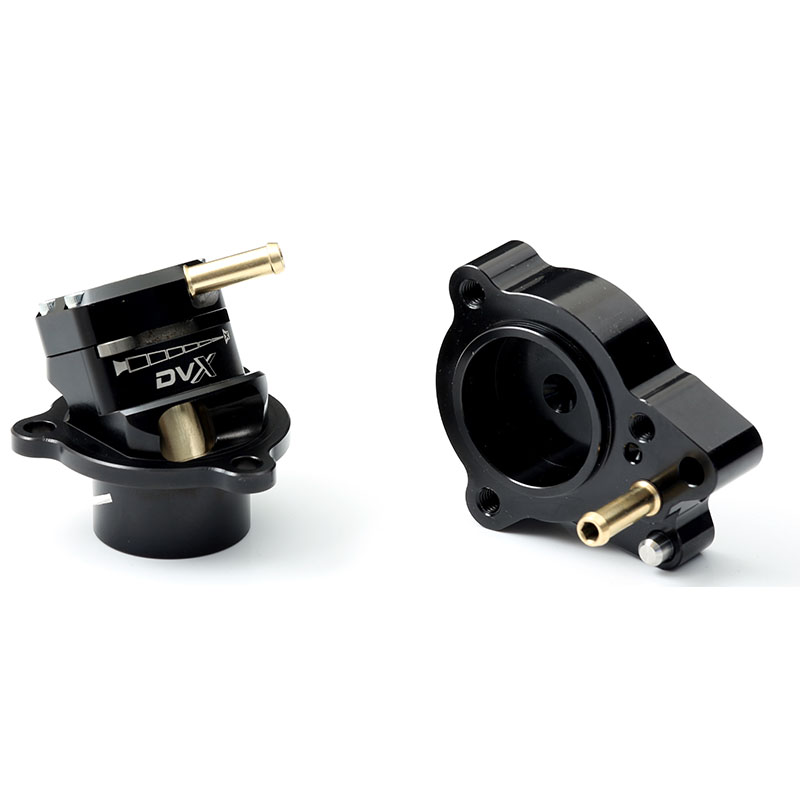If you know that your BOV is cracking under boost i.e. you’ve seen it crack open in the dyno, read on.
If you suspect that it’s cracking under boost, it’s more likely that scenarios 5 and 6 will help you solve your problem, so you’re better off starting there.
Check the vacuum connection. The valve relies on the manifold connection to provide boost pressure to keep the piston shut under boost. If there is a leak or kink in the hose, the pressure will be uneven on the top and bottom of the piston, causing it to open.
Mounting the blow-off valve before an intercooler can also cause this, as it is possible for a poorly designed or ‘bargain basement’ intercooler to have a pressure drop large enough to cause the valve to crack open. If possible, measure the boost pressure in the BOV vacuum line and near where it is connected to the intercooler piping. Pressure drops across intercoolers will usually occur at higher RPM.
Case study: A customer had a Mach 1 that was opening under boost on his WRX. It was mounted immediately after the turbo, and a large aftermarket front-mount intercooler was installed. Sure enough, at about 5000RPM at 17psi the valve opened. Testing showed a significant 4psi drop across the intercooler, which started at 4500RPM and increased rapidly. So the bottom of the valve was receiving 21psi, whilst the top of the valve dropped to 17psi by 5000RPM, enough of a difference to cause it to open. In this case, the customer swapped to a much-needed new intercooler (besides causing the BOV to crack open, a 4psi drop across the intercooler would seriously affect performance) which fixed the problem.
If the valve is receiving full boost pressure to the vacuum hose with the throttle wide open, it is not possible for the valve to open, unless it is physically stuck. This can be easily checked visually, or by pushing the piston up and down by hand.




